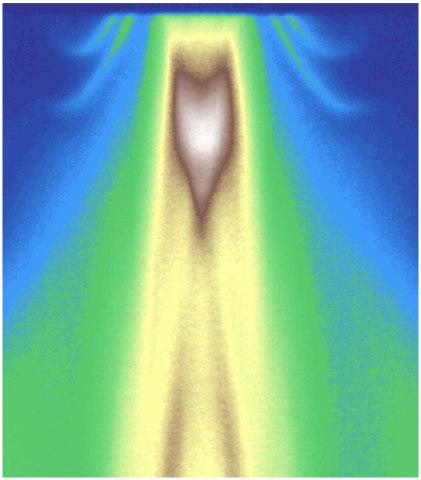
The specific scientific question to be addressed by this FWP is: how can we develop, discover, understand, and ultimately control and predictably modify new and extreme examples of complex states, emergent phenomena, and superconductivity? Over the next review period, we will study materials manifesting specifically clear or compelling examples (or combinations) of superconductivity, strongly correlated electrons, novel electronic topology, quantum criticality, and exotic, bulk magnetism because of their potential to lead to revolutionary steps forward in our understanding of their complex, and potentially energy-relevant, properties. For example, part of our effort will focus on the understanding and control of FeAs-based superconductors, as well as searching for other examples of novel, or high-temperature, superconductivity. This work will be leveraged via highly collaborative interactions among the scientists within this FWP, as well as through extensive collaborations with other Ames Laboratory FWPs, other DOE laboratories, and other universities and labs throughout the world. Experiment and theory will be implemented synergistically. The experimental work will consist of new materials development and crystal growth, combined with detailed and advanced measurements of microscopic, thermodynamic, transport, and spectroscopic properties, as well as electronic structure, at extremes of pressure, temperature, magnetic field and resolution. The theoretical work focuses on understanding and modeling transport, thermodynamic and spectroscopic properties using world-leading and advanced phenomenological approaches to superconductors and electronic band structure.
Project Members:
Principal Investigator: Paul Canfield
Co-PIs: Sergey Bud'ko, Yuji Furukawa, Adam Kaminski, Ruslan Prozorov, Aashish Sapkota, Tyler Slade, Makariy Tanatar, Linlin Wang
Scientific Support Staff: Qingping Ding, Ben Schrunk
Postdocs: Shuyuan Huyan, Yevhen Kushnirenko, Kamal Joshi
News & Highlights
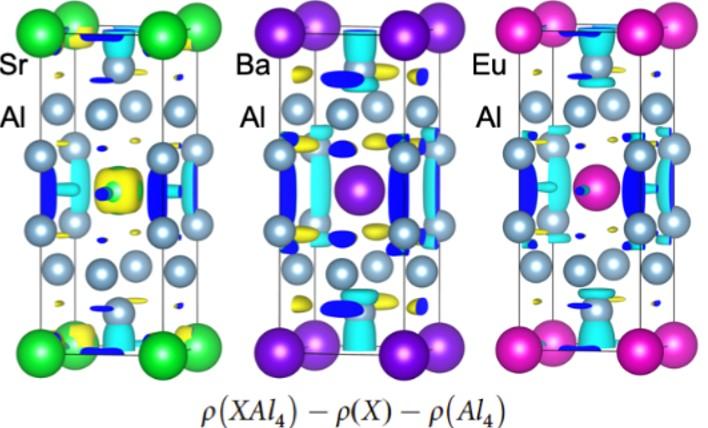 Research Highlight
Research Highlight
Origin of Charge Density Wave in SrAl4 and EuAl4
 Research Highlight
Research Highlight
Unconventional Superconductivity in Mineral Miassite Rh17S15
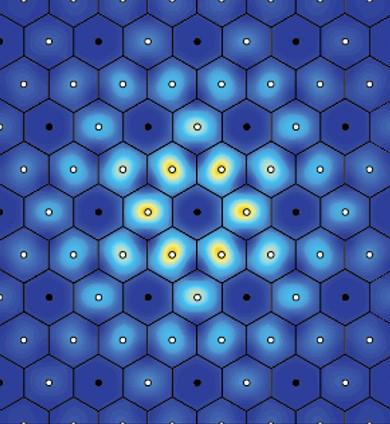 Research Highlight
Research Highlight
Chiral magnetic “particles” found in a kagome metal
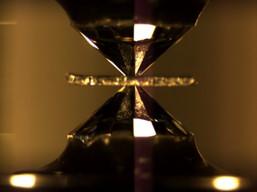 Research Highlight
Research Highlight
Surprising phase diagram of EuPd3S4 under pressure
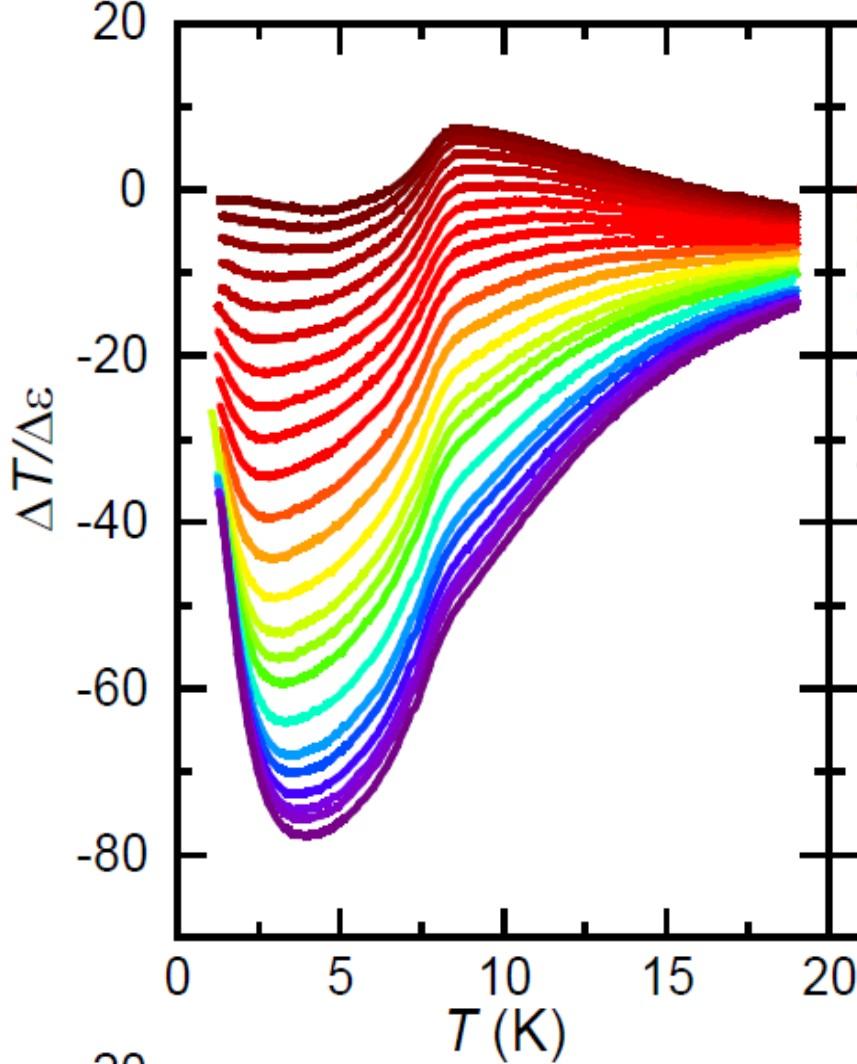 Research Highlight
Research Highlight
